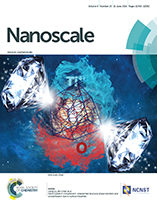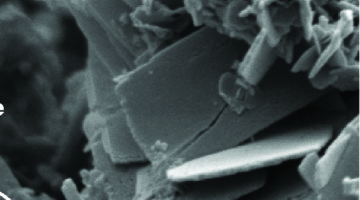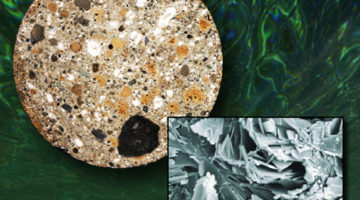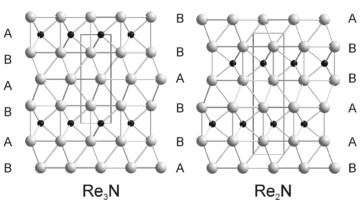Superhard materials such as metal borides are in demand as structural and engineering compounds and for next-generation cutting tools. Researchers have now synthesized a “solid solution” of two different metal borides, demonstrating the accuracy of theoretical predictions and opening the door to more targeted tuning of desirable characteristics. Read more »
Nanocrystals in compression: unexpected structural phase transition and amorphization due to surface impurities
We report an unprecedented surface doping-driven anomaly in the compression behaviors of nanocrystals. The results suggest that the physical properties of the interior of nanocrystals can be controlled by the surface, providing an unconventional and new degree of freedom in search for nanocrystals with novel tunable properties that can trigger applications in multiple areas of industry and provoke more related basic science research. Read more »
What Goes Up, Must Come Down (and Sometimes Gets Stuck)
High-pressure experiments at Beamline 12.2.2 on ferropericlase—the presumed weakest mineral found in the Earth’s lower mantle—help explain why subducted slabs of Earth’s crust stall at a depth of around 1000 km (~625 miles). Read more »![]()
Concrete Industry Benefits from Ancient Romans and the ALS
New insights into the ancient Romans’ ingenious concrete harbor structures emerging from ALS beamline research could move the modern concrete industry toward its goal of a reduced carbon footprint.
Learning from Roman Seawater Concrete
Analyses of ancient concrete samples pinpointed why the best Roman concrete was superior to most modern concrete in durability, why its manufacture was less environmentally damaging, and how these improvements could be adopted in the modern world. Read more »![]()
![]()
Two Novel Ultra-Incompressible Materials
Materials that are mechanically, thermally, and chemically stable at extreme conditions are valuable for aerospace engineering and fission/fusion research. Researchers have synthesized and characterized two such materials: Re2N and Re3N are both extremely incompressible. Read more »![]()
![]()






